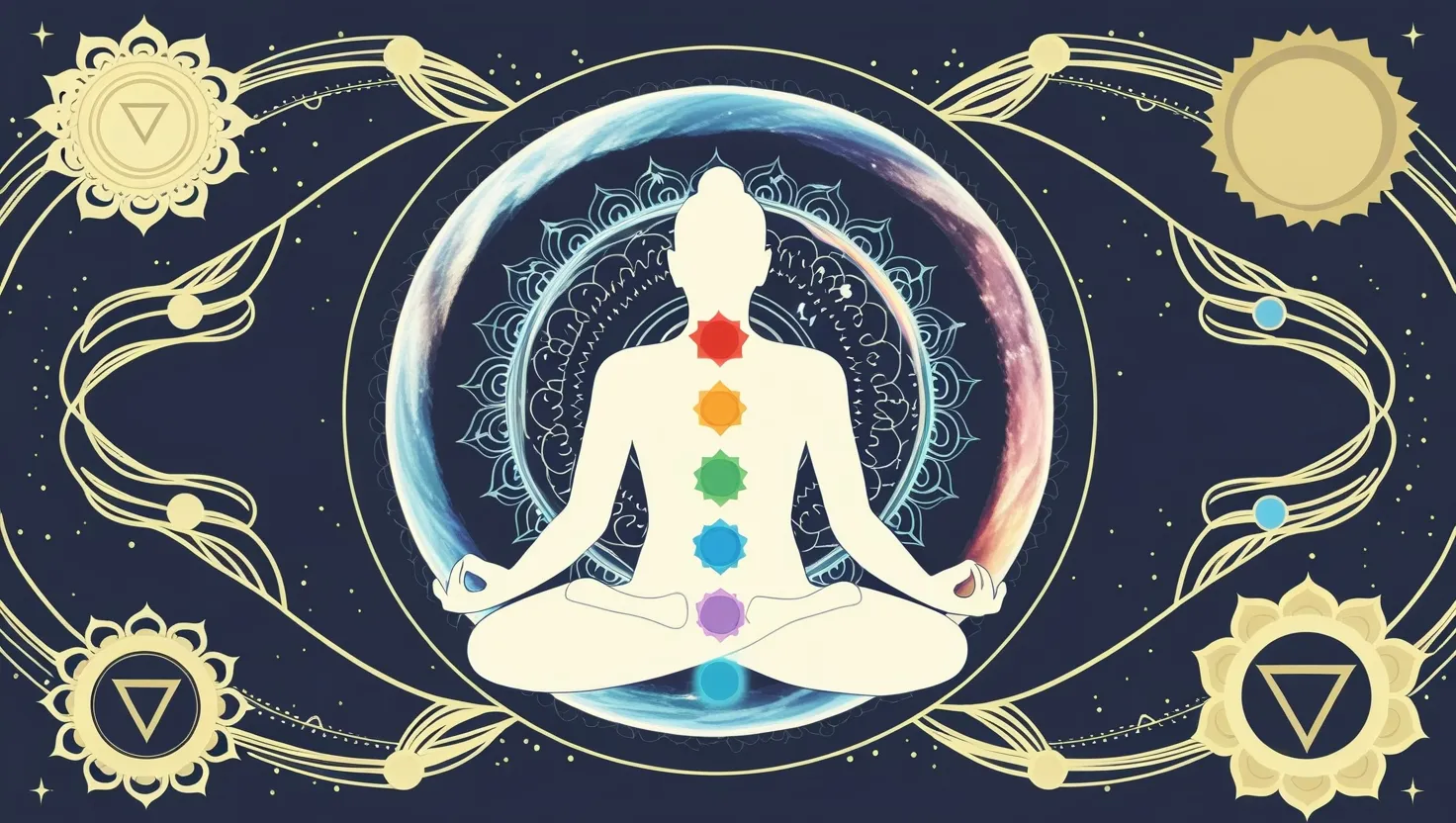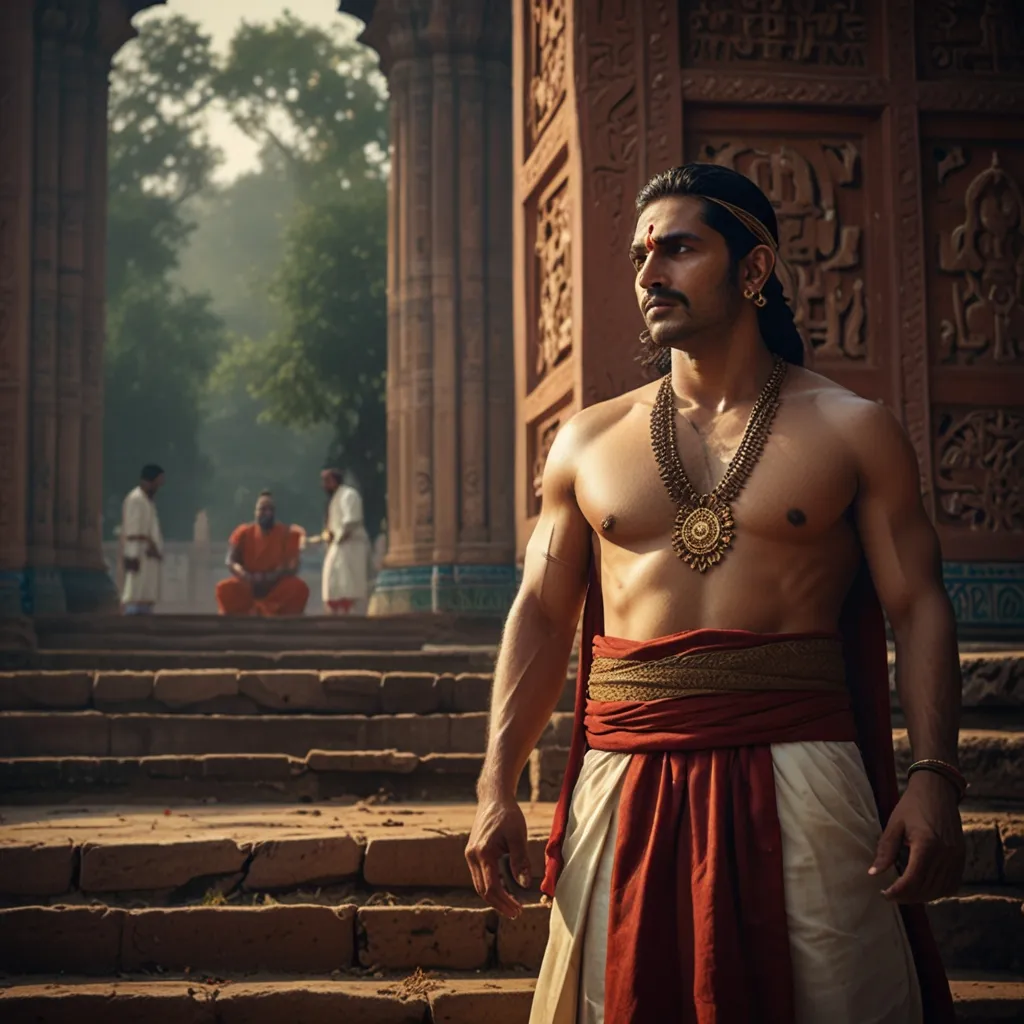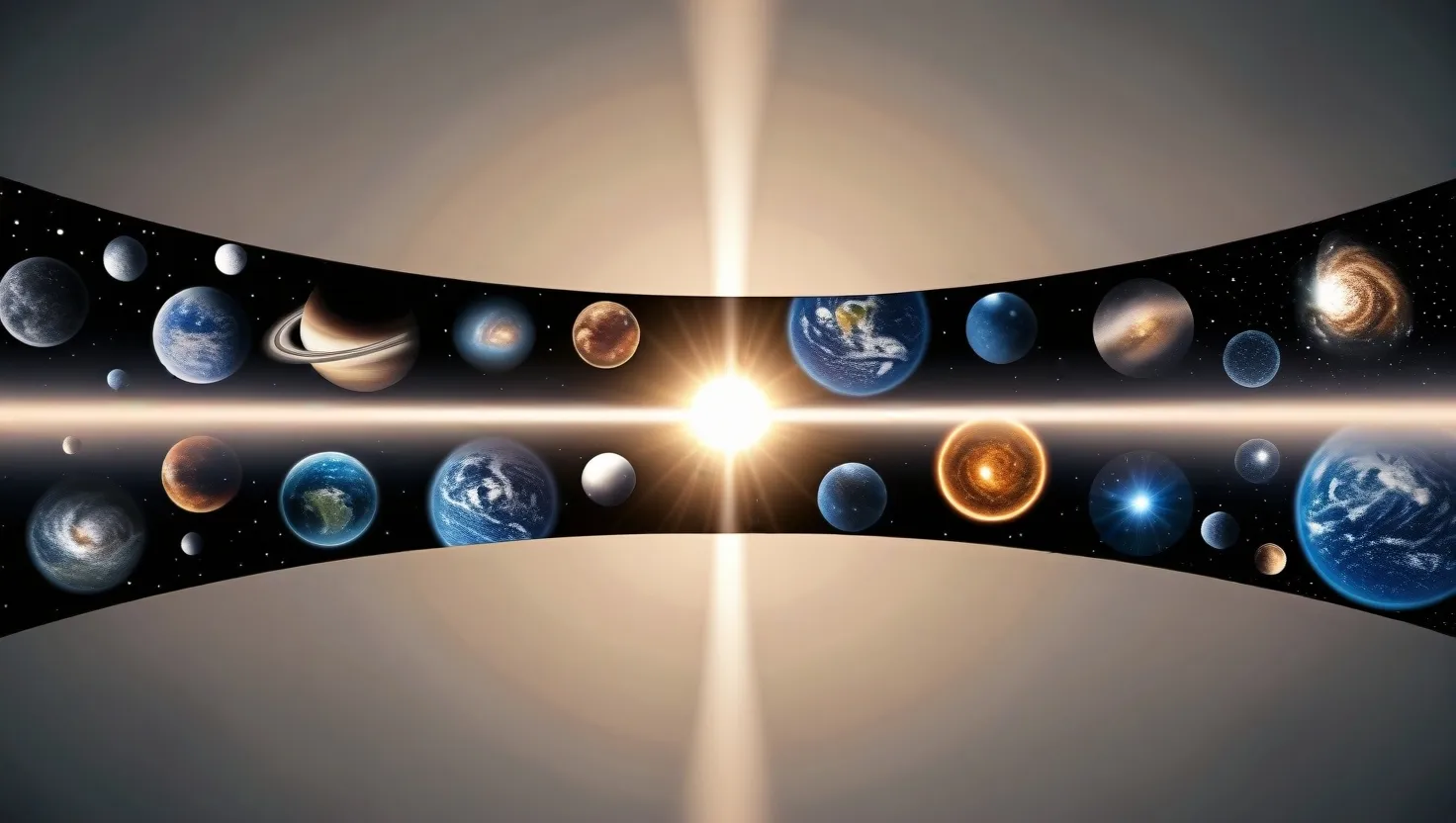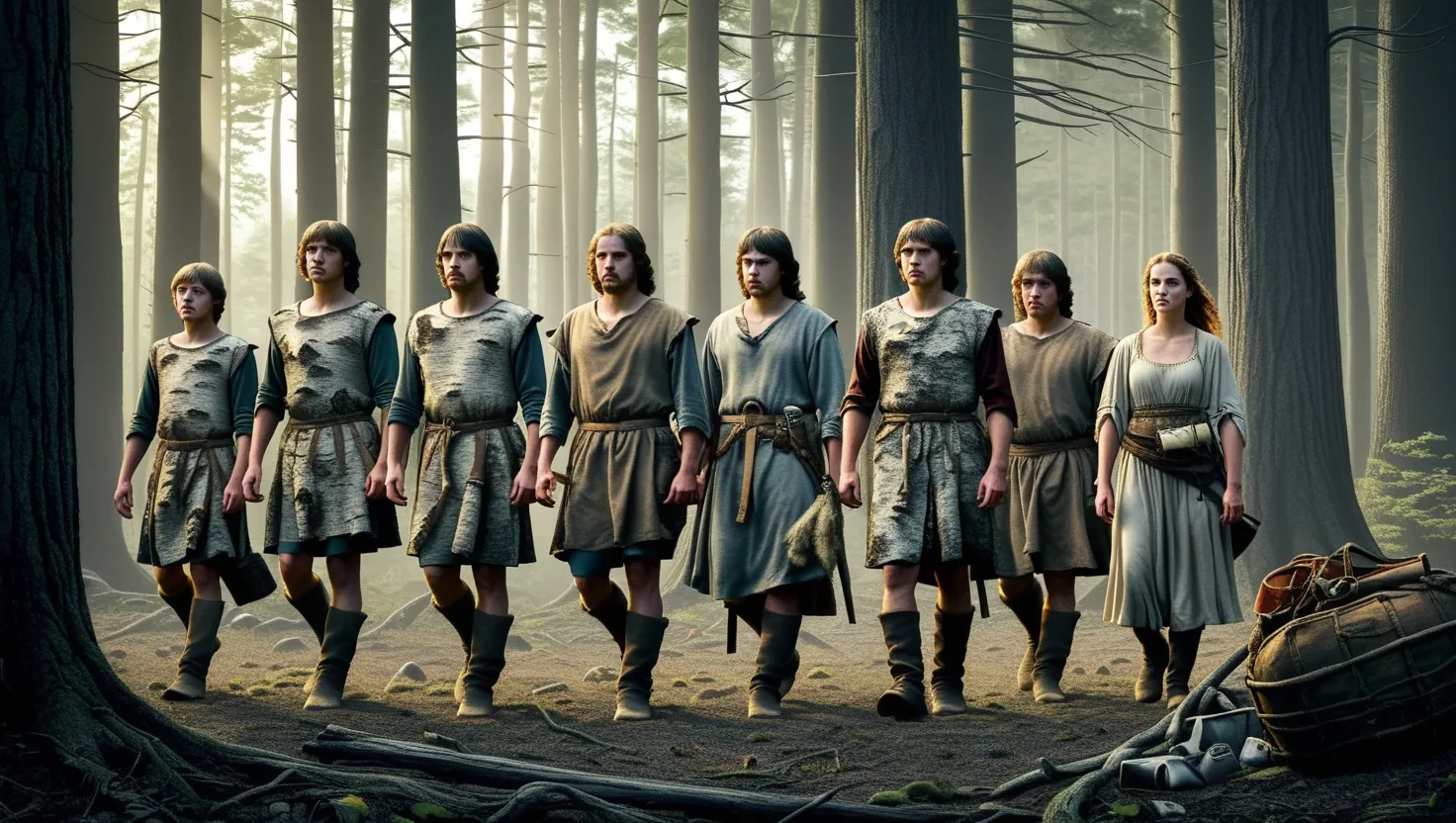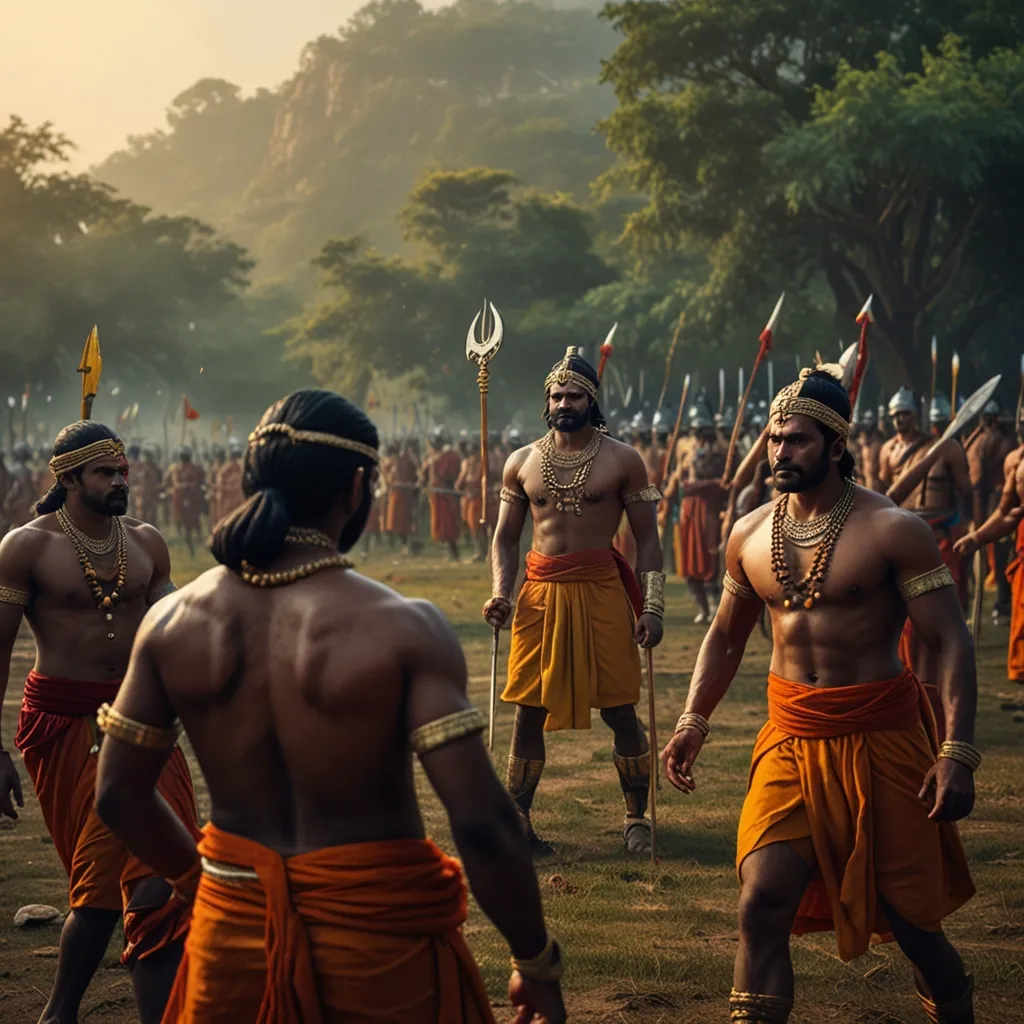As we delve into the intricate and often misunderstood world of Tantra, it becomes clear that this ancient tradition is far more than its sensationalized portrayals in popular culture. Rooted deeply in the Vedic tradition, Tantra is a comprehensive spiritual science that weaves together the material and spiritual aspects of life, offering a unique and holistic approach to understanding the universe.
To begin with, the term “Tantra” itself means “loom” or “system,” indicating a methodical and systematic approach to spiritual growth. This tradition emerged around the middle of the first millennium AD, drawing heavily from the Vedas, Upanishads, Itihasas, Puranas, and even influences from Buddhism and other minor Hindu sects. Unlike the Vedas, which are a unitary system, Tantra is an accumulation of practices and ideas that have evolved over time.
At its core, Tantra views the universe as a divine tapestry where every thread of existence is sacred. This perspective is encapsulated in the concept of the union between Shiva and Shakti, symbolizing the ultimate reality of Para Shiva or Brahman. Shiva represents pure consciousness, while Shakti embodies the dynamic energy that permeates the universe. This duality is not a separation but an interdependent unity, much like the Ardhanarishvara – the half-man, half-woman form that represents the merging of these two principles.
Tantric texts, such as the Mahanirvana Tantra, often cite the Atharva Veda as a source of excellent knowledge, highlighting the continuity between Vedic and Tantric traditions. These texts are divided into four main sections: Jñana (doctrine and spiritual knowledge), Yoga (physical and mental discipline), Kriyā (rituals and temple construction), and Charya (code of conduct). Each section provides a comprehensive framework for spiritual practice and self-realization.
One of the key aspects of Tantra is its emphasis on individual power and direct communication with the divine, bypassing the need for intermediaries like priests. This is in contrast to the Vedic tradition, which is more collective and ritualistic, often requiring the presence of priests for various Yagnas. In Tantra, the practitioner strives to communicate directly with the deities, using mantras not just for rituals but also for meditation and personal transformation.
The practice of Tantra is deeply rooted in the concept of energy and its flow within the body. The body is seen as a microcosm of the universe, with various energy centers or chakras that correspond to different elements, planets, and occult powers. The phenomenon of kundalini energy, which flows through the central Sushumna Nadi, is fundamental to Tantric practices, including hatha yoga. This energy is believed to awaken the chakras, leading to spiritual powers and self-realization.
Rituals play a central role in Tantra, but they are not just about external practices; they are also deeply internal and meditative. For instance, the ancient devadasi tradition of sacred temple-dance, now visualized in contemporary Bharata Natyam, is a form of meditation in movement. This dance embodies the divine love expressed through Sringara and Bhakti, highlighting the joyous and life-affirming nature of Tantric culture.
Unlike the Vedas, which are often seen as idealistic and restrained, Tantra is more practical and life-affirming. Tantric practices are earthier and more vibrant, celebrating the enjoyment and deep understanding of life. This is reflected in the use of images and symbols that are not just esoteric but also expressive of the dynamic interplay between consciousness and energy.
The connection between Vedic and Tantric traditions is more than just historical; it is also philosophical. Both traditions aim at the realization of Atman and Brahman, though they approach it from different angles. Vedic Yoga can be seen as a “Vedic Light Yoga,” emphasizing the Jyotirmaya Purusha or the Being made of light, while Tantric Yoga is a “Tantric Energy Yoga,” emphasizing the Shaktimaya Devi or the Goddess made of energy. However, both light and energy are ultimately one, representing the consciousness and force that underlie all existence.
In practical terms, both Vedic and Tantric Yogas teach how to awaken the energy centers in the body. The four main Vedic deities – Agni (fire), Soma (moon), Vayu (wind), and Surya (sun) – are reflected in Tantric practices as the forces of fire, lunar, solar, and electrical energy. These forces are personified as various goddesses, such as Lalita, Chinnamasta, Bhadra Kali, and Bhairavi, each corresponding to different chakras and aspects of the divine.
Tantra also offers a unique perspective on the role of the body in spiritual practice. The body is not just a physical entity but a sacred vessel that contains the universe within it. The Kaulajñana-nirnaya text describes the body where the head is the moon, the heart is the sun, and the genitals are fire, highlighting the interconnectedness of the physical and spiritual realms.
In conclusion, Tantra is not a deviation from Vedic tradition but an evolution and a complementary aspect of it. By understanding Tantra, we gain fresh insights into the nature of reality, the power of ritual, and the path to self-realization. This journey into the heart of Tantra reveals a profound spiritual science that integrates the material and spiritual, offering practical methods for personal and cosmic transformation. Whether you are a spiritual seeker, a student of Indian philosophy, or simply curious about holistic approaches to life, exploring Tantra can weave new patterns of understanding and enlightenment into your life.
